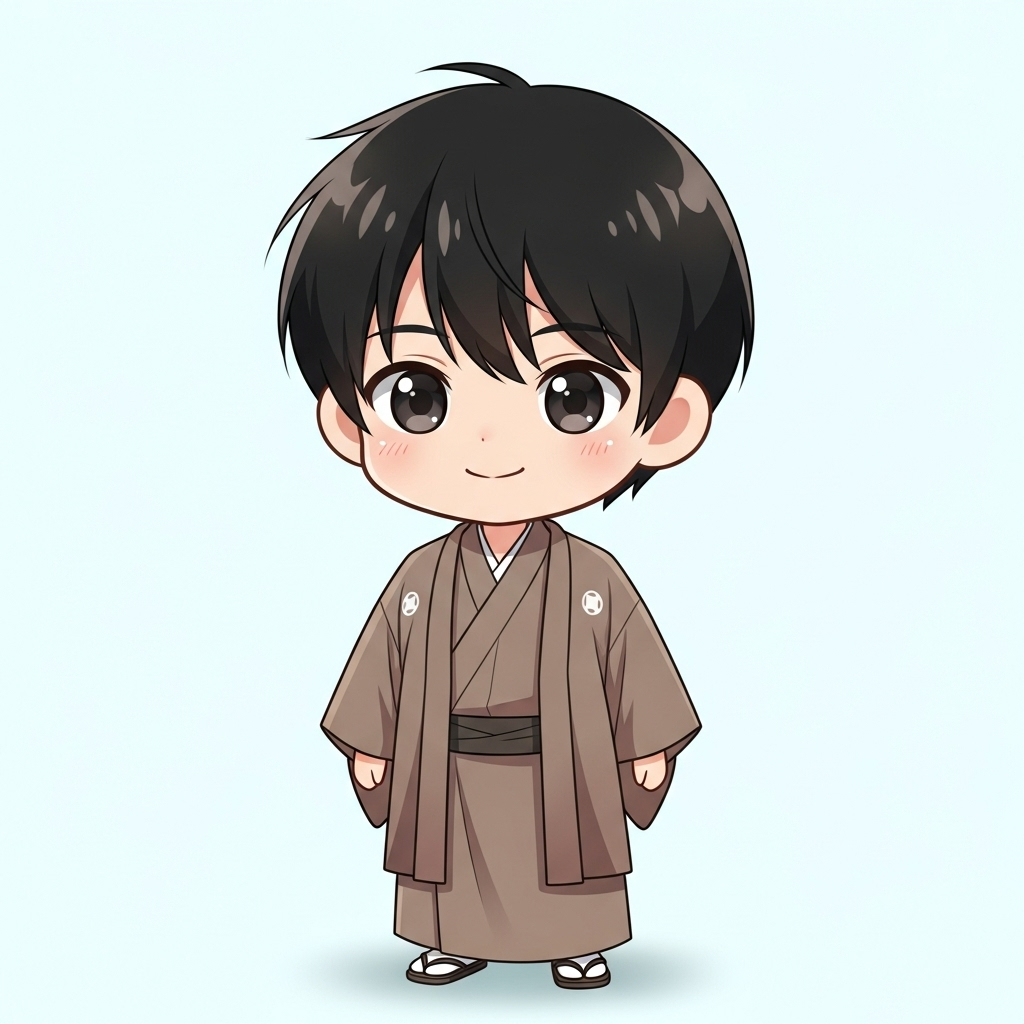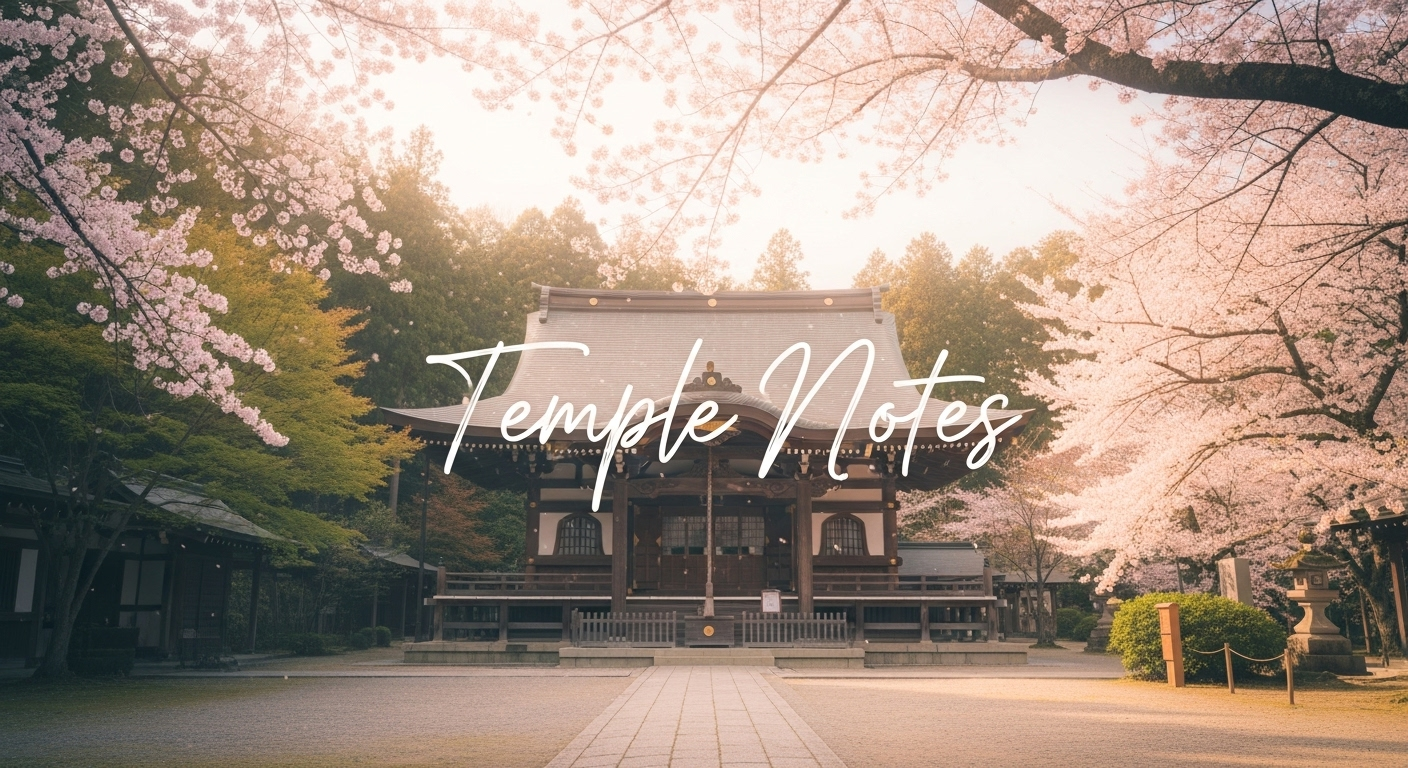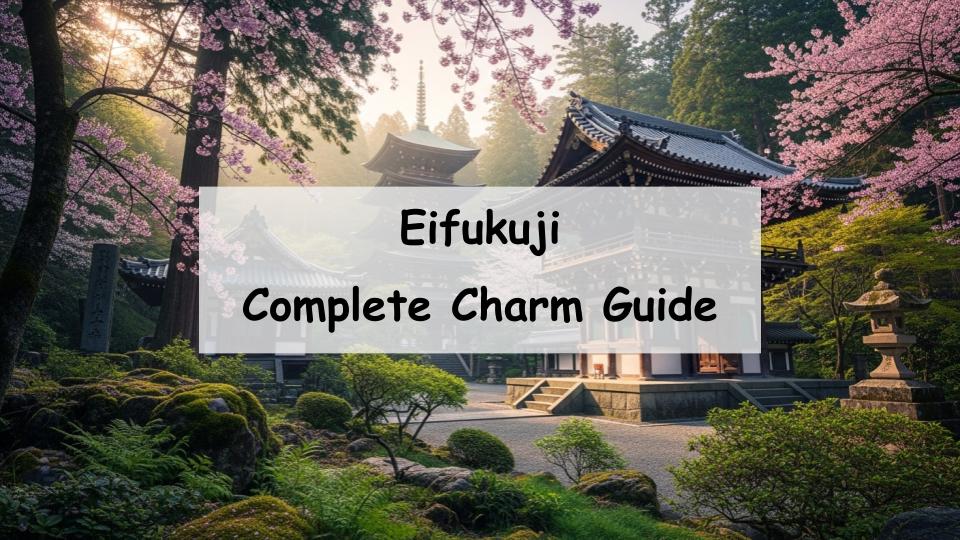Located in Taishi Town, Osaka, Eifuku-ji Temple is a sacred site deeply connected to Prince Shōtoku and has long been a place of worship for those seeking spiritual peace and historical insight.
Many visitors wonder, “What kind of temple is Eifuku-ji?”, “What are its must-see highlights?”, and “How can I get there?”
In short, Eifuku-ji is a temple filled with beauty and history — home to the mausoleum of Prince Shōtoku, surrounded by natural scenery and cultural treasures.
In this article, we’ll explore Eifuku-ji’s history, main attractions, annual events, and access information so that even first-time visitors can enjoy the temple with ease and understanding.
What Is Eifuku-ji? A Look into Its History and Origins
The Beginning as a Temple Dedicated to Prince Shōtoku
Eifuku-ji was established to enshrine and protect the mausoleum of Prince Shōtoku, one of Japan’s most revered historical figures. Alongside temples such as Shitennō-ji and Hōryū-ji, Eifuku-ji became a major center of Taishi worship, drawing pilgrims for centuries.
The Founding and Historical Background
Though Eifuku-ji was once damaged during wartime in the Sengoku period, it was later rebuilt during the Edo era. Structures like the Shōryōden Hall, Tahōtō Pagoda, and Main Hall were restored and preserved, each reflecting the architectural styles of their time.
Traditions and Cultural Heritage Passed Down to Today
Many of Eifuku-ji’s buildings and treasures have been designated as Important Cultural Properties of Japan. The temple’s storehouse exhibits valuable artifacts, including portraits and scriptures related to Prince Shōtoku, preserving the region’s cultural legacy for future generations.
Highlights and Must-See Spots at Eifuku-ji
The Mausoleum of Prince Shōtoku
The centerpiece of Eifuku-ji is Prince Shōtoku’s Mausoleum, also known as the Eifuku-ji Kofun. As a sacred burial site, it symbolizes the deep respect and devotion that Japanese people have held toward Prince Shōtoku for more than a millennium.
Nature and Scenic Beauty Throughout the Seasons
Eifuku-ji’s grounds are known for their beautiful seasonal landscapes — cherry blossoms in spring, lush greenery in summer, and vibrant foliage in autumn. Walking through its peaceful paths allows visitors to enjoy both nature and history in perfect harmony.
Historic Buildings and Buddhist Statues
The Shōryōden Hall, Tahōtō Pagoda, and Main Hall house numerous sacred statues, including images of Prince Shōtoku and Kannon (the Goddess of Mercy). The craftsmanship and serene atmosphere of these structures make them worth admiring in detail.
Important Cultural Properties
Among Eifuku-ji’s treasures, the Tahōtō Pagoda and Shōryōden Hall are officially recognized as Important Cultural Properties. The pagoda, rebuilt in 1652, is a prime example of Edo-period architectural design and spiritual artistry.
Recommended Photo Spots
The view of the Main Gate, the Tahōtō Pagoda framed by seasonal colors, and the quiet approach to the Mausoleum make for stunning photographs. Early morning or late afternoon offers the best lighting for capturing the temple’s serene beauty.
Events and Annual Ceremonies
Yearly Schedule of Ceremonies
Throughout the year, Eifuku-ji hosts various religious ceremonies, including the Daijōe, a major spring ritual held every April 11–12. These events attract many devotees and visitors who come to pay respect to Prince Shōtoku.
Seasonal Attractions
In spring, cherry blossoms create a breathtaking scene across the temple grounds, while autumn’s red leaves transform the atmosphere into one of quiet elegance. Each season provides a unique reason to visit and reconnect with nature.
Local Traditional Events
Eifuku-ji also maintains smaller, community-based religious practices that continue to bond local residents with the temple. Participating in these traditional gatherings offers insight into the enduring role of faith in everyday life.
How to Get to Eifuku-ji and What to See Nearby
By Train and Bus
Eifuku-ji is easily accessible via the Kintetsu Minami-Osaka Line or Kintetsu Nagano Line. From Kameno-Taishi Station or Kishi Station, take a local bus to the stop “Shōtoku Taishi Gobyō-mae,” then walk a few minutes to the temple.
By Car
For those driving, the temple is about 15 minutes from the Taishi Interchange on the Nankai Expressway. Visitor parking is available near the temple grounds. Large vehicles or buses should contact the temple office in advance.
Nearby Attractions and Local Dining
The surrounding Taishi Town area features the historic Takenouchi Kaidō Road, Japan’s oldest highway, as well as traditional shops and small eateries offering local specialties. Combining Eifuku-ji with nearby cultural sites makes for a fulfilling day trip.
Things to Know Before Visiting
Visiting Hours, Admission, and Etiquette
Eifuku-ji is generally open from 8:00 AM to 5:00 PM. The treasure hall (Hōzō) is open mainly on weekends and holidays, with an admission fee of around ¥300. Visitors are encouraged to observe quiet respect and to follow posted photography guidelines within sacred areas.
Recommended Visiting Route
Start at the Main Gate, then proceed to the Main Hall, Shōryōden Hall, and Tahōtō Pagoda, before finishing your visit at Prince Shōtoku’s Mausoleum. This route offers a natural flow through the temple’s historical and spiritual highlights.
Tips for First-Time Visitors
Weekends and event days can get busy, so early morning visits on weekdays provide a more peaceful experience. Comfortable shoes are recommended, as the grounds are best explored on foot. Check the official temple website before visiting to confirm opening hours and event details.
Conclusion: Experience History and Serenity at Eifuku-ji
Following in the Footsteps of Prince Shōtoku
Eifuku-ji is more than a temple — it’s a living link to Japan’s early Buddhist history. Standing before the mausoleum and walking its tranquil grounds gives visitors a profound sense of connection to the spiritual legacy of Prince Shōtoku.
Tips for a Deeper Eifuku-ji Experience
To make the most of your visit, plan around the temple’s opening hours and seasonal highlights. Pair your trip with nearby cultural landmarks in Taishi Town to fully appreciate the harmony between history, nature, and faith that defines Eifuku-ji Temple.
A Message from the Guide

Although Eifuku-ji is less prominent than Shitennō-ji or Hōryū-ji, its quieter atmosphere and fewer visitors make it a perfect place to explore at your own pace.









Comment